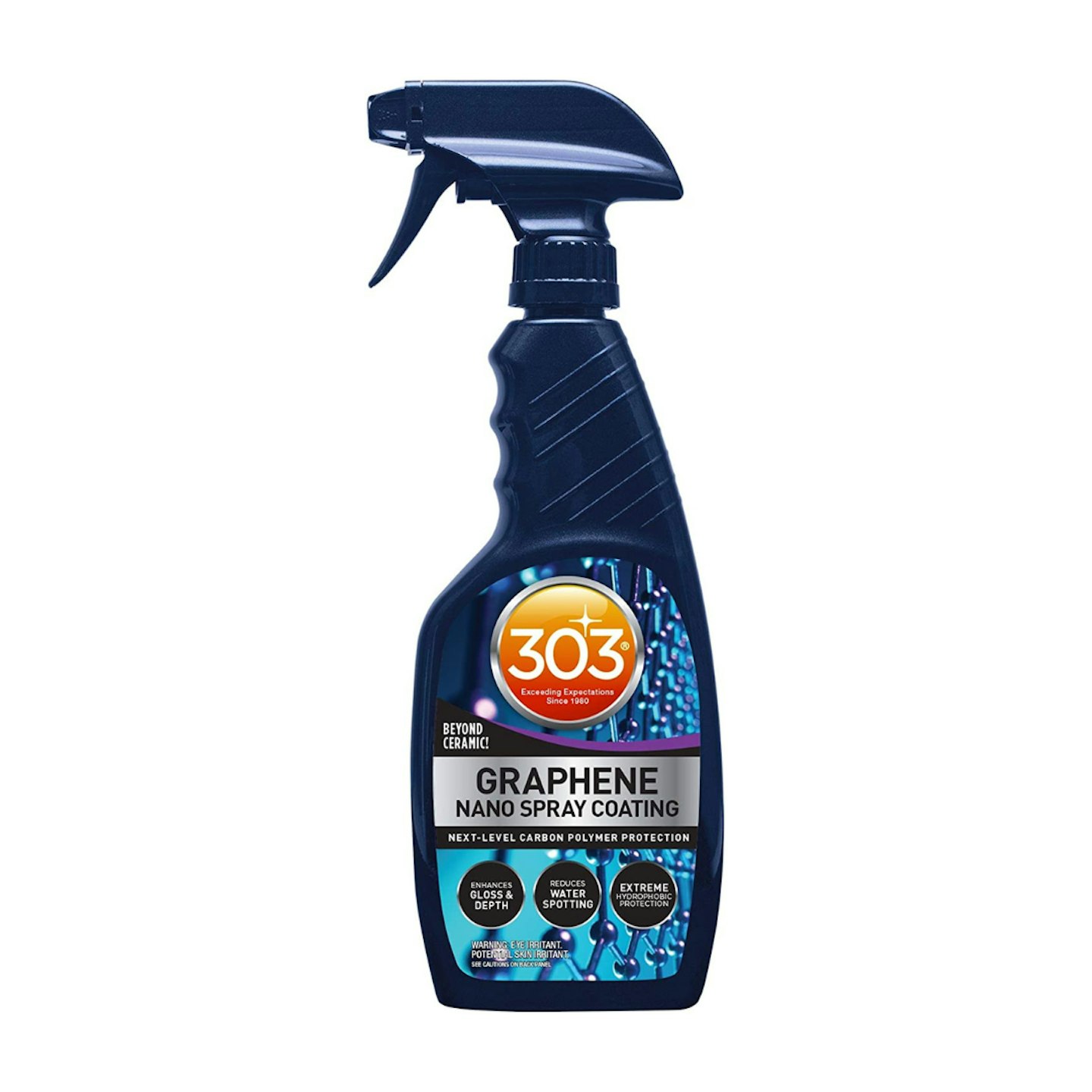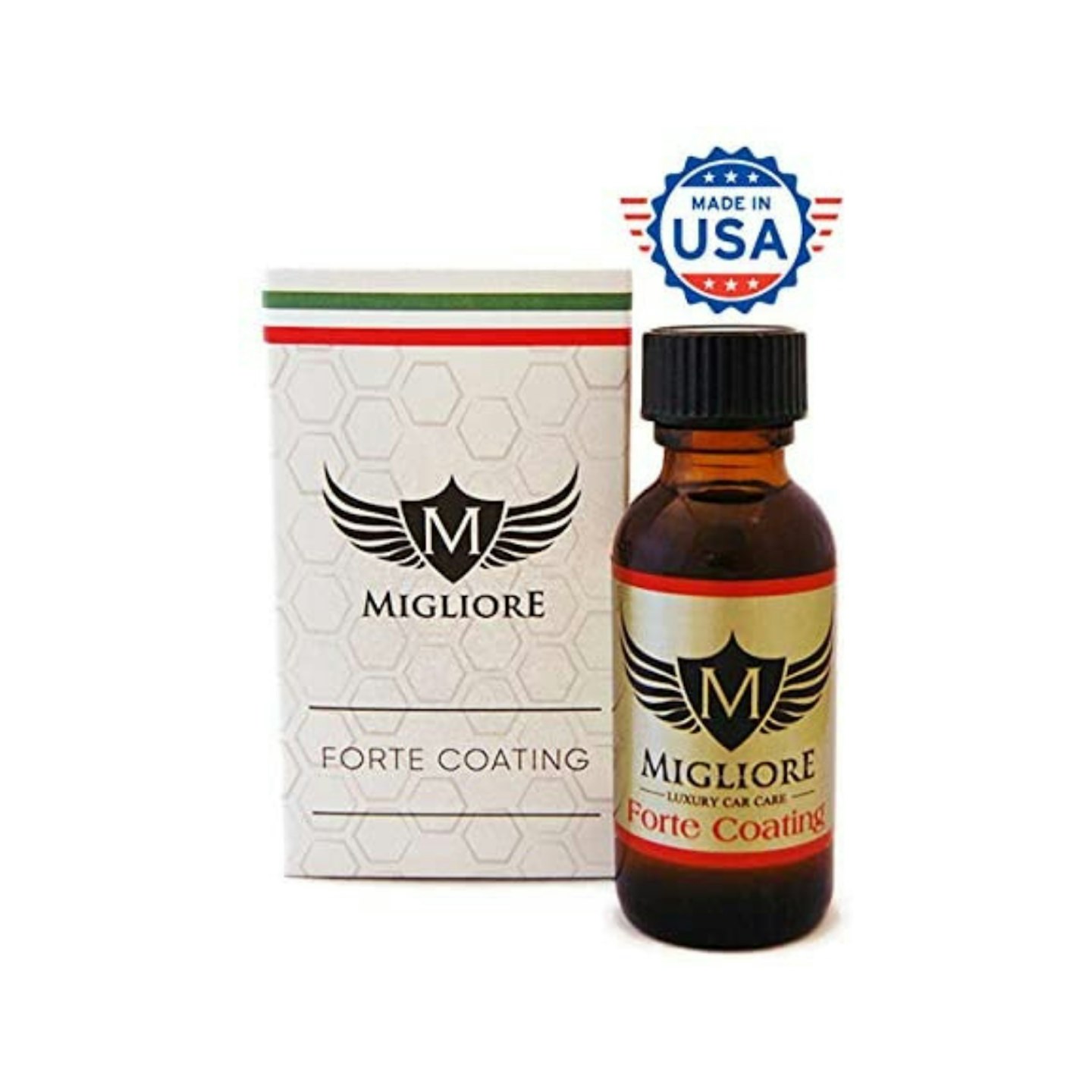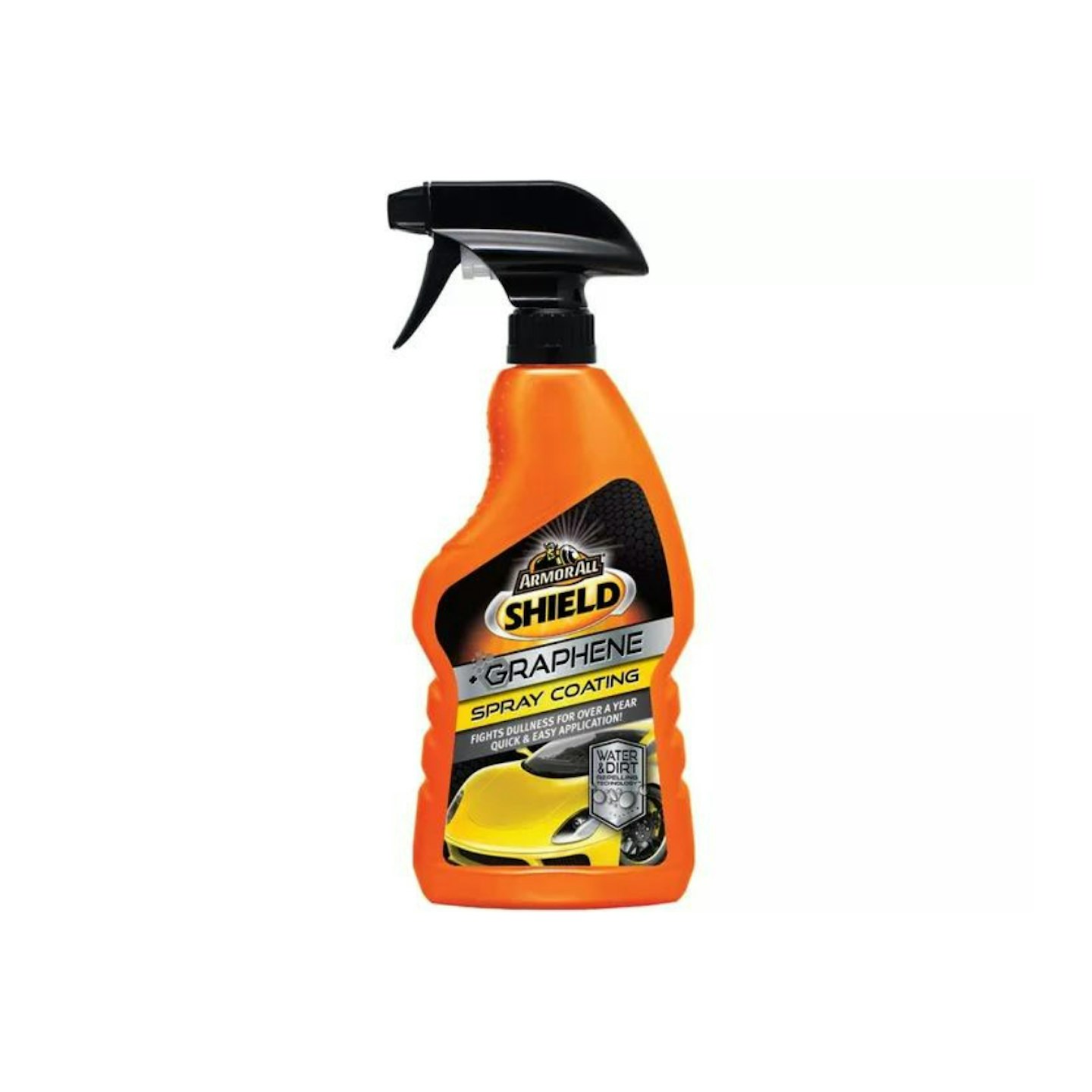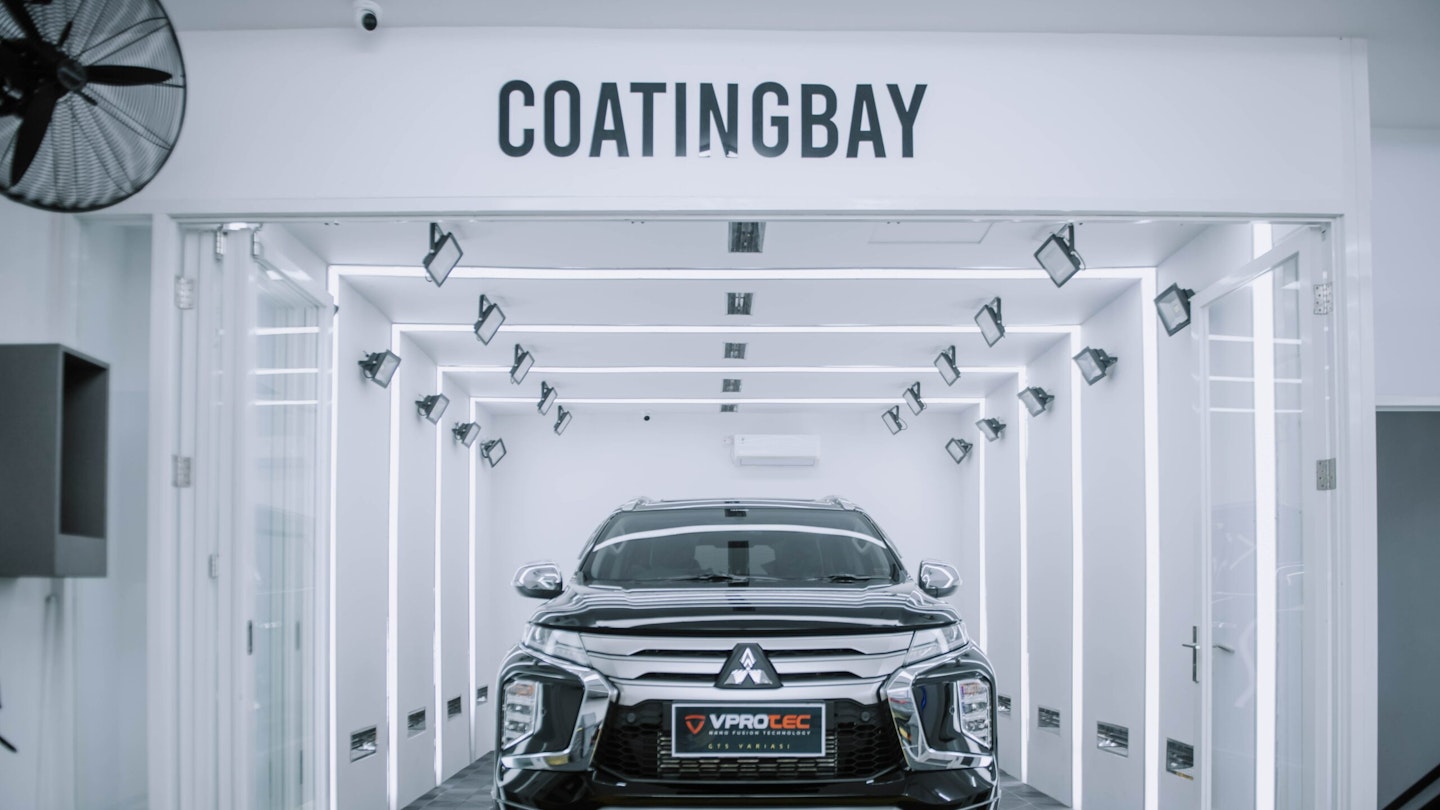Graphene is impressive stuff. It's a nanomaterial of carbon atoms arranged in a hexagonal lattice structure just one atom thick, yet it's 200 times stronger than steel and lighter than paper.
As a strong and flexible material, graphene has huge application potential for its virtues - none of which are lost in the capacity of paint protection. Graphene coating is the application of graphene to a car's paint job, forming a protective layer against dirt, dust and other terrors of the natural world.
What are the benefits?
Although the true scope of graphene’s capacity for paint protection is yet to be determined, as a material it provides some unequivocally impressive safeguarding to a car's bodywork.
The atomic design of graphene gives the coat a high water contact angle, making it anti-static and protecting against dust and water drops on the paintwork. Graphene coatings are especially hydrophobic, creating an attractively slick finish while causing water to bead up upon impact.
Need something to last? The strength of graphene makes it especially durable as a protective coat, too. Most graphene coatings achieve at least a 9H on the Mohs hardness scale, making them some of the hardest materials out there. Depending on the quality of the product, a DIY graphene coat could offer protection for six months to several years, based on the formula.
Graphene vs ceramic: the hard choice
When graphene coating first emerged on the paint protection scene, it was lauded as the upgrade to ceramic coating - chemical polymers that bond with a car’s paintwork on a molecular level.
Ceramic coating put literal twinkles into the eyes of car detailers for over two decades with its firm glossy finish, but how does it stack up against graphene? Well, the jury is still out on whether graphene coating is the technological upgrade manufacturers praise it to be.
Ceramic coating materials are often cheaper and easier to get hold of compared to graphene, while the latter type is more durable and so less susceptible to water spotting and other wear over time. Many graphene coating liquids are ceramics infused with graphene for improved protection against water spots, while still producing all the desirable benefits of ceramic protection.
Some detailers swear by ceramic coating as it's the tried and tested method, approaching graphene with scepticism of its true advantages, but ultimately the choice is yours.
You can read our roundup of the best ceramic coatings here.
How to Apply
Each graphene coating product will have its own directions of use, but we recommend applying all with care and due diligence to obtain the best results.
• Start by cleaning the surface area of dust and other contaminants, ensuring nothing will be left beneath the graphene layer.
• Once wiped down and dried off using a microfibre cloth, apply a small amount of graphene coating onto an applicator sponge or pad then gently rub in.
• After a short period of settling – known as curing time – the coat can then be wiped off using a towel, leaving a highly polished gloss on the surface.
Here are our picks of the best graphene coatings.

This protective coating from 303 is an Oxide-based graphene spray, offering high-grade protection for 12 months. The compound of this spray produces a high water angle for excellent hydrophobicity while also lowering the surface temperature of the vehicle to reduce the number of hard water spots. We like this coating for its spray bottle application and ease of use at home – perfect for a DIY job. This coating is very versatile with application potential on the bodywork, wheels, and even to protect against chips and cracks on the glass. To apply, spray the product into a microfibre pad and then gently rub it onto the desired area.
This product from Pearl Nano harnesses the utility of both ceramic and graphene coatings in a single spray. Once applied to the bodywork of a vehicle – leaving no unwanted residue – this high-performance protection will see water beading off with a glossy finish for over six months before reapplying. Since this spray is highly concentrated, it can be effective on its own; for added protection, it could also be used in conjunction with wax or ceramic coat already applied. This coating is also available in two bottle sizes, starting under £20 for a 250ml bottle – great value for a very versatile and capable product.

If you’re looking for something to last a bit longer, this 9H strength premium graphene coating from Migliore Forte is at the top end of the market. Once applied, this coat will protect against dust, dirt, and water with outstanding durability for over five years. No professional training is needed to apply – pour the coating liquid onto the suede applicator pad included in the package and then gently rub it onto the bodywork of the vehicle.

www.halfords.com
This protection spray from Armor All also combines graphene and ceramic-based technology to layer up a hydrophobic barrier on the car’s surface. Use this one wherever you like – it is effective on all exterior surfaces including plastics, chrome, and headlights. Spray directly onto the surface, wipe off then buff it in for a sparkling shine every time. A decent spray should last over a year, but this product can be reapplied as many times as necessary without risk of damage.
Related: The best paste car wax for long-lasting protection | Paint protection guide: what are your options

www.aliexpress.com
For a high-quality product with premium results, car care products manufacturer Adam’s Polishes is always a good place to start. Its graphene coating is one of the most durable and capable of its type on the market today, with a 10H hardness rating and a seven-year lifespan between new coats. The nanocrystalline technology protects the car paint from all terrors of the natural world, including dirt and UV rays. The ultra-high gloss finish will leave paintwork glowing in the sun with no risk of damage, while the hydrophobicity leaves the surface slick and smooth to touch. At just under £20, this is a top-of-the-line product for a very affordable price.
For verdicts, scoops, news and analysis from the team, delivered direct to your inbox, subscribe to the CAR newsletter.
You can enjoy CAR in its traditional print format, or one of the swelling number of digital editions, optimised for Apple iPhones, Android devices, iPads, tablets and desktop computers.

